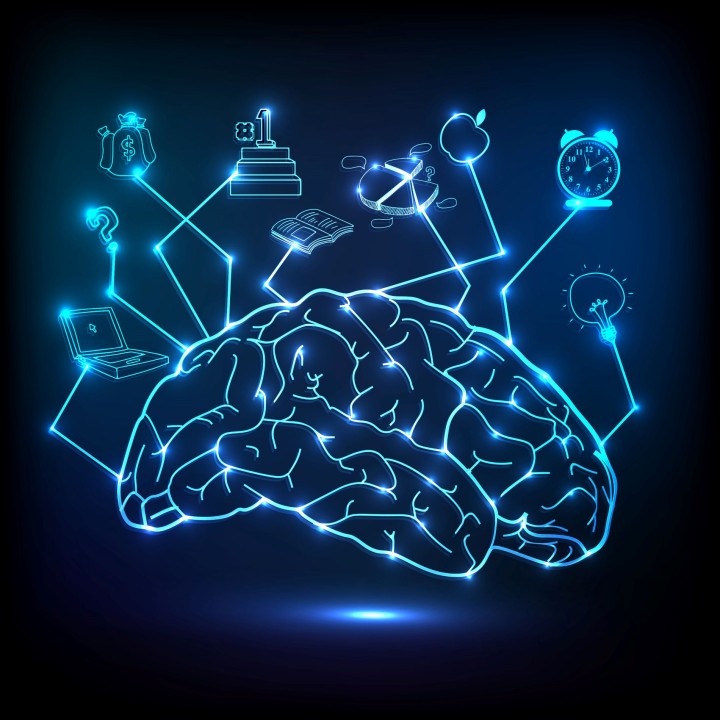The digital landscape is continually evolving, and with each stride, it brings forth innovative technologies that reshape the way we conduct business. Generative AI, a groundbreaking advancement in artificial intelligence, is at the forefront of this transformation. But is generative AI code truly ready to make its mark in the enterprise sphere? In this article, we’ll delve into the exciting prospects, challenges, and readiness of generative AI code for businesses.
I. Breaking Down Generative AI
Before we can assess its readiness, let’s understand what generative AI is all about.
Generative AI, or Generative Adversarial Networks (GANs), is a subset of artificial intelligence that excels at producing new content. It operates on a simple yet profound principle—two neural networks, one that generates content and another that evaluates it. They work in a constant loop, each improving the other’s capabilities. This intricate dance results in the generation of content that is remarkably similar to what a human might create.
II. The Current State of Generative AI
Generative AI has gained prominence, primarily in creative sectors such as art, music, and content creation. It has showcased the potential to mimic human-like creativity and has even left its mark in industries like entertainment. However, transitioning this remarkable technology into the enterprise environment presents unique challenges.
III. Challenges on the Path to Enterprise Integration
As generative AI takes its steps towards the enterprise, several challenges must be addressed:
- Data Privacy and Security: In an enterprise setting, data privacy and security are paramount. Generative AI requires extensive data, which often includes sensitive information. Safeguarding this data is a non-negotiable priority.
- Regulatory Compliance: Adhering to industry-specific regulations while deploying generative AI is a complex task. Navigating these legal and regulatory frameworks is vital.
- Quality Control: Ensuring the generated content aligns with the enterprise’s quality standards is an ongoing challenge. Fine-tuning AI models to meet specific criteria is imperative.
- Ethical Considerations: The ethical implications of AI-generated content raise questions. How can an enterprise ensure the responsible use of generative AI?
- Integration Complexity: Integrating generative AI into existing enterprise systems can be complex and costly. Compatibility with legacy systems is crucial.
IV. The Potential for Enterprise
Despite these challenges, generative AI holds immense potential for enterprises. Here’s how:
- Content Generation: AI can produce content rapidly, from reports to creative materials, augmenting an enterprise’s productivity.
- Enhanced Creativity: AI can spark creativity by generating diverse ideas, designs, and solutions, which can be a valuable resource in innovation-driven industries.
- Customer Experience: AI can personalize content, resulting in a superior customer experience.
- Automation: By automating repetitive tasks, AI frees up human resources to focus on strategic, high-value activities.
V. The Road Ahead
The enterprise’s readiness to embrace generative AI code hinges on addressing the aforementioned challenges, devising robust security measures, ensuring regulatory compliance, and navigating ethical concerns. As enterprises continue to adapt and integrate this transformative technology, the path to readiness will become clearer.
In conclusion, generative AI code has the potential to revolutionize the way enterprises operate, but it must surmount significant hurdles. The interplay of technology, security, ethics, and regulatory compliance will determine its readiness. And as we journey forward, businesses that successfully embrace generative AI will enjoy a competitive edge in an increasingly digital world.










